Category: Nonfiction
Reviewed by: Casey Suire
Title: A History of Near-Earth Objects Research
Authors: Erik M. Conway, Donald K. Yeomans, and Meg Rosenburg
NSS Amazon link for this book (paperback)
Free download link for this book (PDF or EPUB)
Format: Paperback / free PDF or EPUB
Pages: 407
Publisher: NASA History Division
Date: July, 2022
Retail price: $15.99/Free
ISBN: 979-8365558786
The Chicxulub impact that wiped out the dinosaurs. The Tunguska event in 1908. The meteor that hit Chelyabinsk in 2013. Three infamous examples of Earth being attacked by an object from space. Could it happen again? What is the difference between asteroids, comets, and meteors? How bad will an impact be? Will it be an extinction event? Can anything be done to prevent this?
Luckily, A History of Near-Earth Objects Research provides answers to these disturbing questions. The book focuses on near-earth objects (NEOs) such as asteroids and comets that pass very close to Earth. From the discovery of the first NEO, asteroid 433 Eros, in 1898, to today’s more advanced NEO search efforts, the book covers a lot of ground. In early 2016, NASA formed the Planetary Defense Coordination Office (PDCO) in order to deal with the threat of a NEO hitting Earth.
The book does an excellent job of describing various robotic space missions relevant to NEO research. Without a doubt, the most interesting spacecraft discussed is NASA’s DART (Double Asteroid Redirection Test). At the time of the book’s publication, DART was an ongoing mission, a project of NASA’s PDCO, and a true test of planetary defense. On September 26, 2022, the spacecraft intentionally crashed into Dimorphos, a small asteroid that orbits another asteroid named Didymos, in order to change the trajectory of Dimorphos. While neither asteroid poses any risk to Earth, the results of DART’s collision is helping teach scientists how to change the trajectory of a dangerous NEO in the future.
Other notable spacecraft include: NASA’s NEAR Shoemaker (asteroids 433 Eros and 253 Mathilde), ESA’s Rosetta (comet 67P/Churyumov–Gerasimenko), and JAXA’s Hayabusa and Hayabusa2 (asteroids 25143 Itokawa and 162173 Ryugu, respectively). There is also NASA’s OSIRIS-REx, which studied asteroid 101955 Bennu. In 2022, NASA announced an extension of the mission called OSIRIS-APEX that will be sent to near-Earth asteroid 99942 Apophis. While this new mission is not mentioned in A History of Near-Earth Objects Research, the book does have a lot to say about Apophis, as it will make a close approach to Earth on April 13, 2029.
As with most space history books, A History of Near-Earth Objects Research is an account of talented individuals making incredible discoveries. Readers will learn about dozens of scientists working to protect Earth from NEOs. Astronomers Gene and Carolyn Shoemaker, Eleanor Helin, and Tom Gehrels are among the most intriguing figures in the book. Other prominent individuals include co-author Donald Yeomans and Lindley Johnson, NASA’s first Planetary Defense Officer and current program executive of PDCO.
Space enthusiasts will not be surprised by the heavy use of acronyms in the book. Examples include: CCD, GEODSS, NEAT, NEODyS, NEOWISE, PACS, Pan-STARRS, PCAS, WISE, etc. Inexperienced space readers might find this somewhat confusing. Thankfully, however, the book has a section that explains the meaning of such terms. There is also an appendix that explains how asteroids and comets are named.
Like NASA, the National Space Society is involved with planetary defense efforts. According to the NSS website, it is important to study asteroids because they “can make us extinct” and “can make us rich and provide homes for trillions of people.” It is worth pointing out that NSS supports NASA’s proposed Near-Earth Object Surveyor Mission, a space telescope that will search for asteroids and comets that could potentially harm our planet. While the book is primarily about the hazards of NEOs, there is one chapter about using asteroids as resources for human space activities. In the Acknowledgments section, the authors note that the NSS online library was used for accessing documents relevant to the book.
Credit must be given to the authors for writing such an impressively detailed and informative book. The book is clearly well-researched, and there are footnotes at the bottom of almost every page. Only rarely does the book get something wrong. For instance, on July 4, 2005, NASA had their own version of a fireworks display by crashing the Deep Impact spacecraft into comet Tempel 1. While one section of the book gets this right, a later section incorrectly claims this occurred in 2006. Also, in one chapter, NASA’s 2010 budget was claimed to be $18.7 billion. Two chapters later, this same budget was stated as $21 billion. Overwhelmingly, however, the book is very accurate.
A History of Near-Earth Objects Research is a 2022 release by NASA’s History Division. Over the last six decades, the space agency has published over 200 works. These books are a great resource for anyone wanting to understand NASA’s activities. A History of Near-Earth Objects Research is no exception. It makes a solid case that planetary defense should be a top priority for NASA.
© 2022 Casey Suire
Please use the NSS Amazon Link for all your book and other purchases. It helps NSS and does not cost you a cent! Bookmark this link for ALL your Amazon shopping!

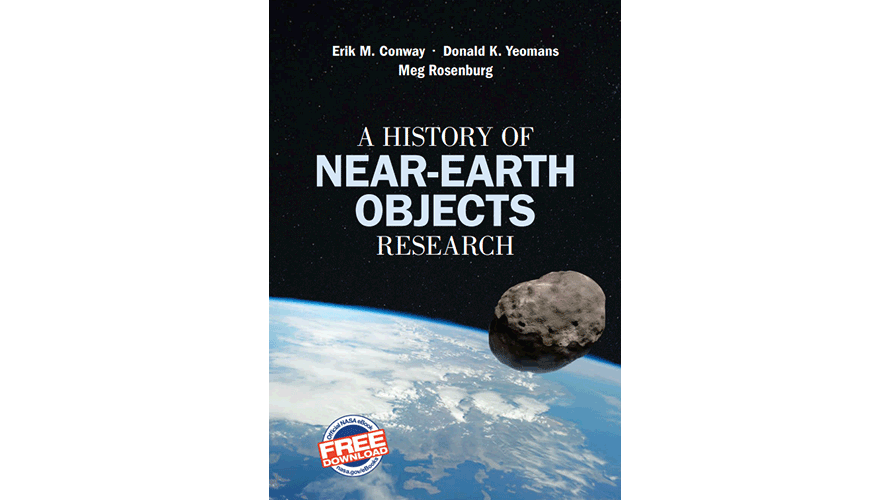
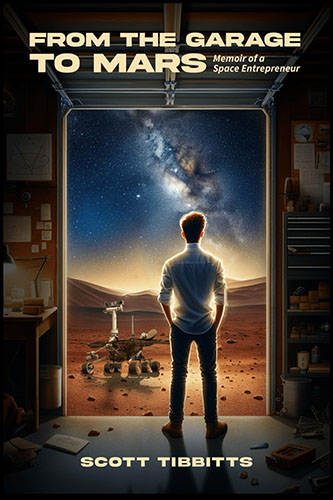
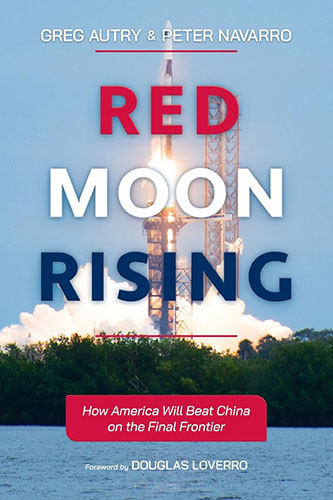
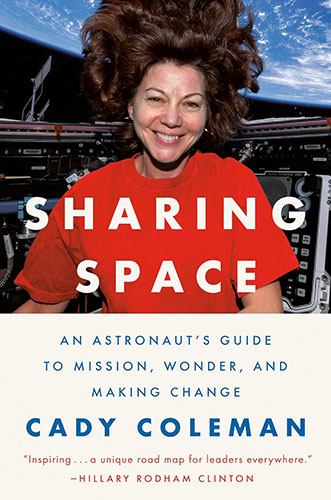
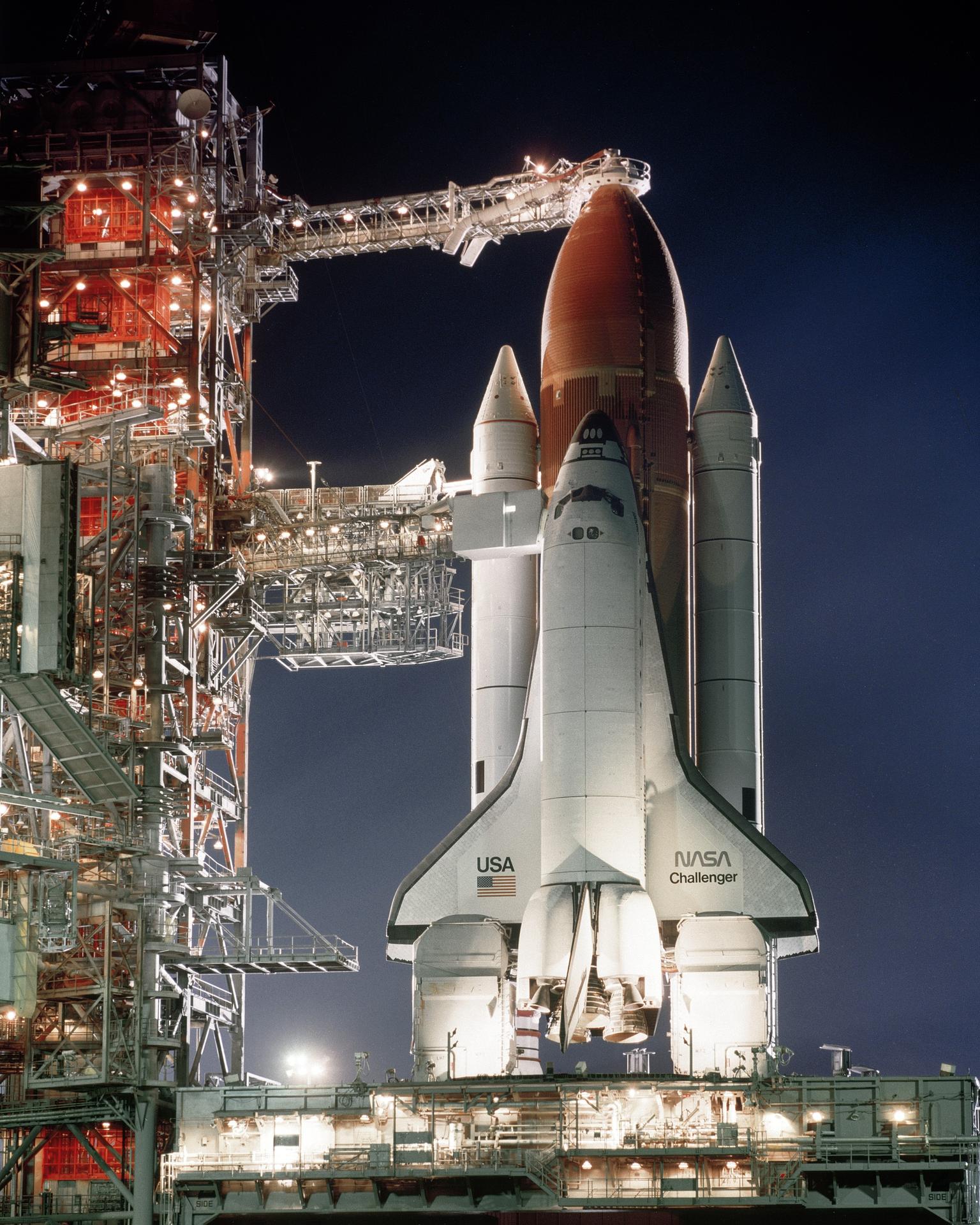

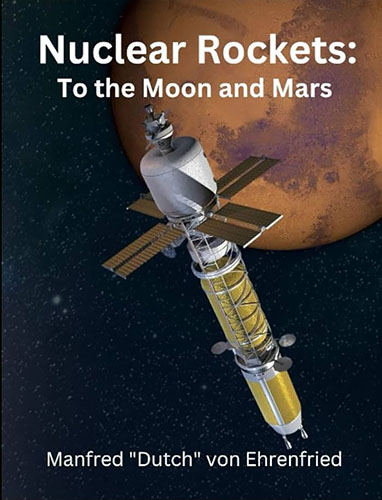
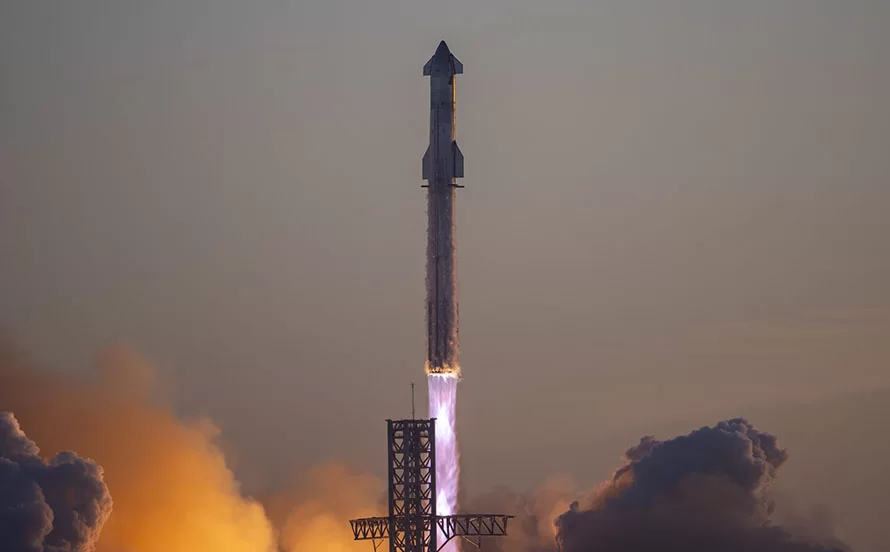
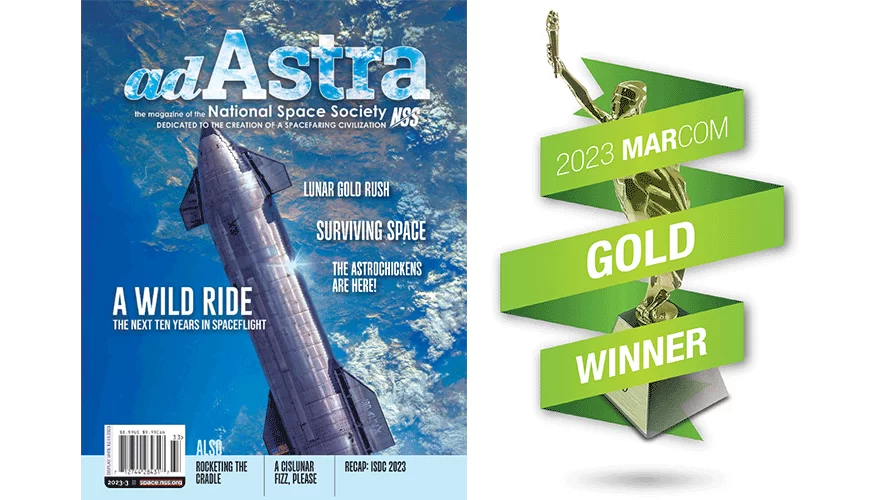
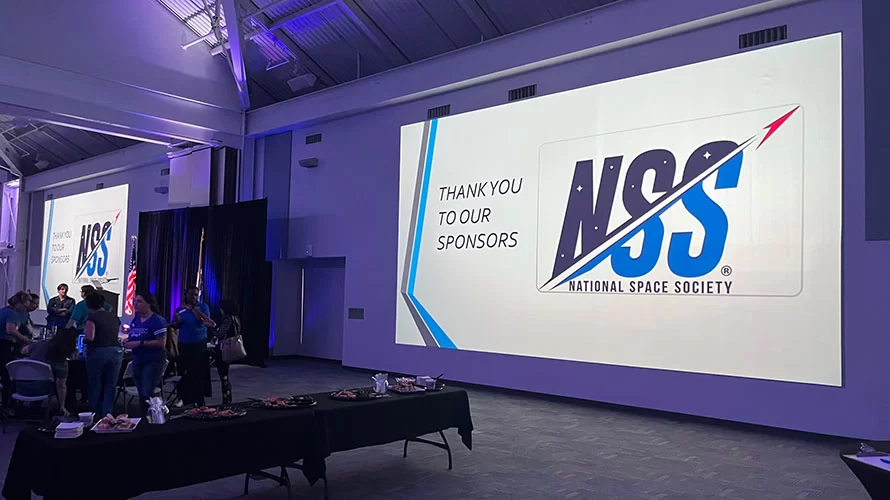
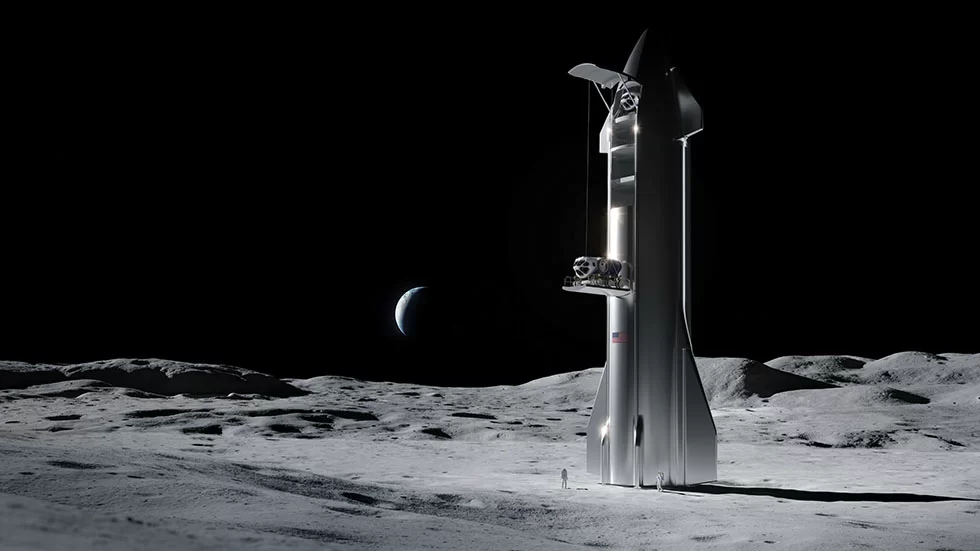

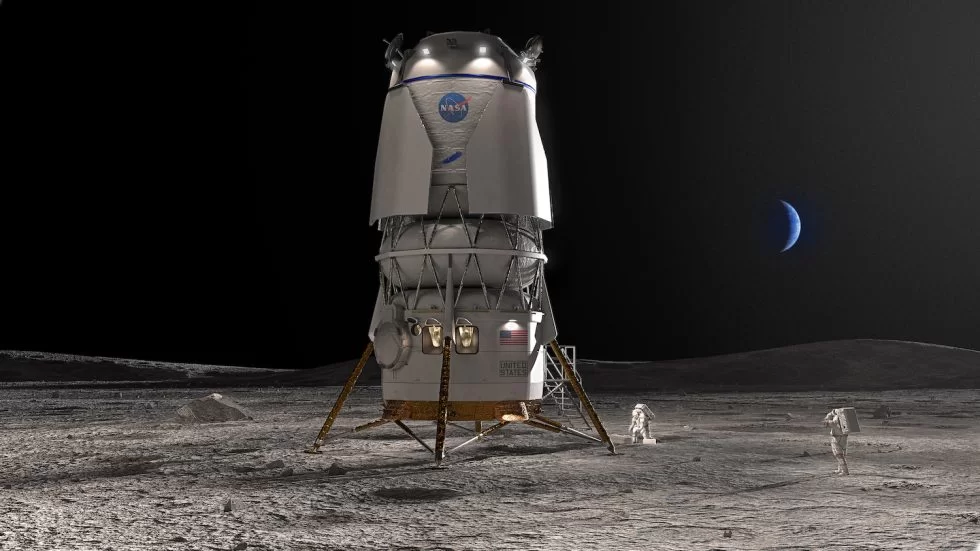
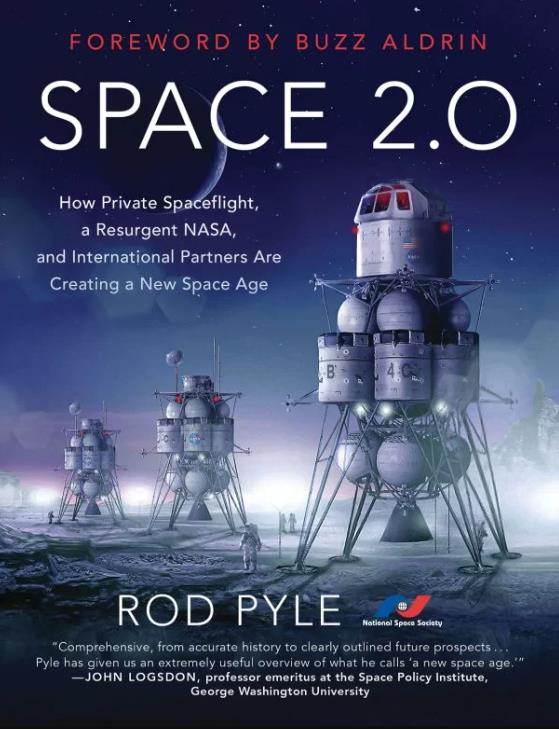
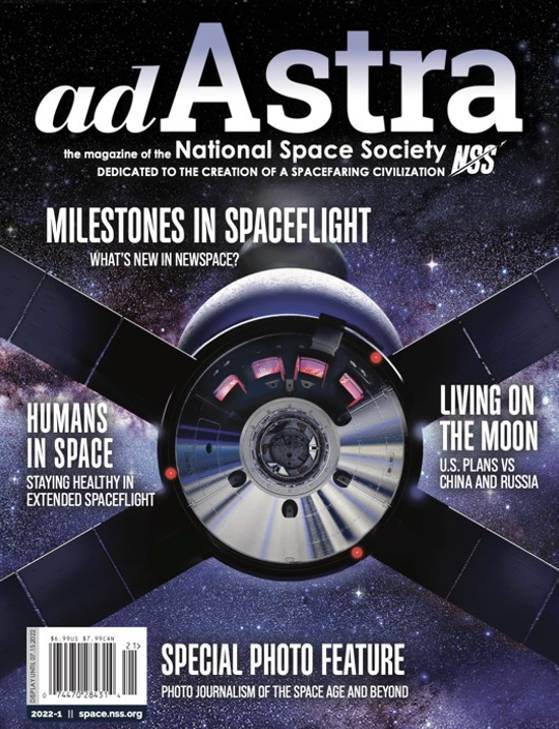
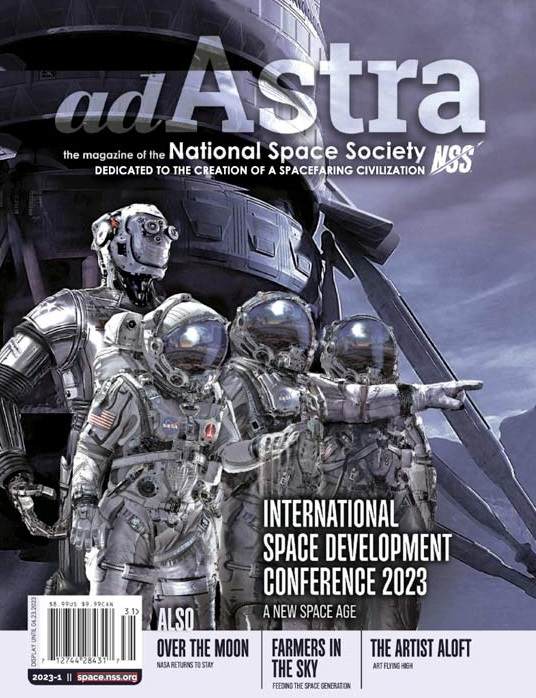
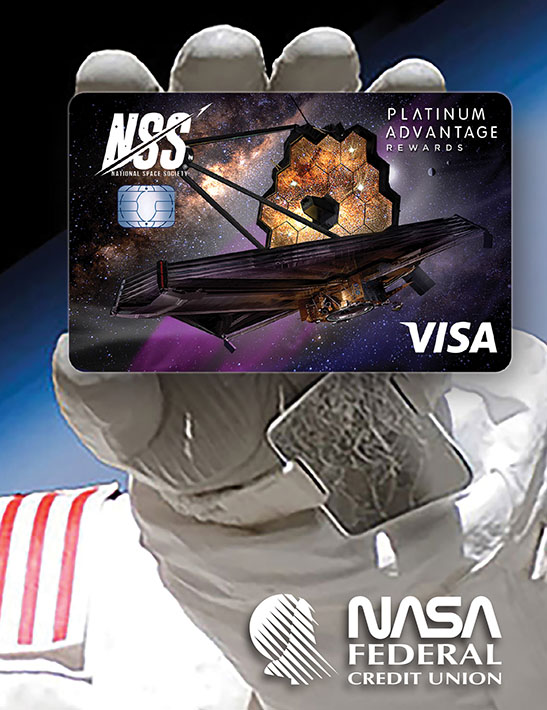

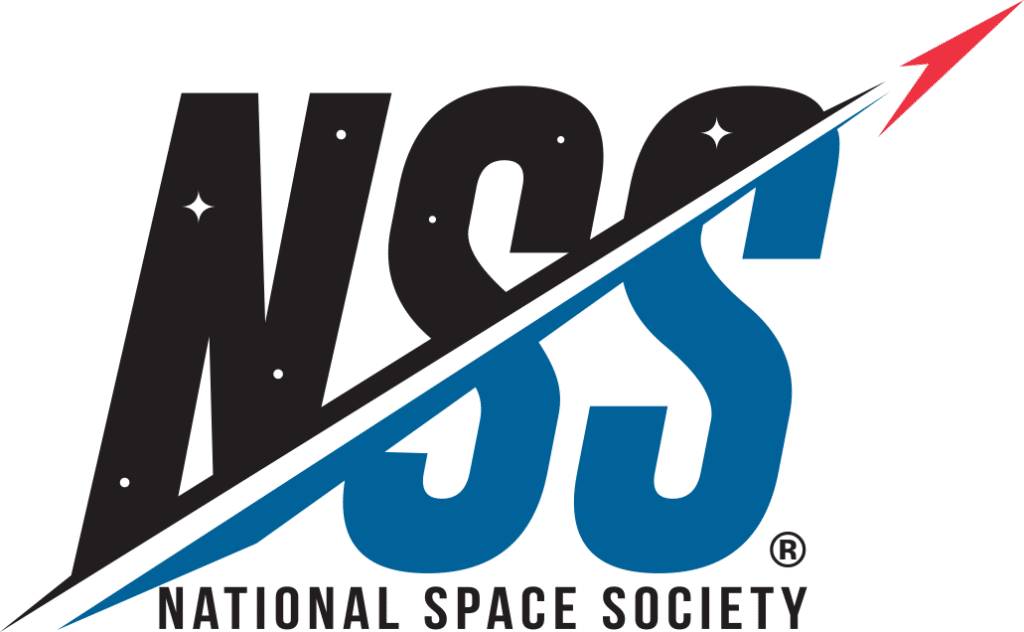
2 thoughts on “Book Review: A History of Near-Earth Objects Research”
This is a good history book, but not a good source of technical information on NEOs. The discussion of asteroid mining is dated and of little value. The authors appear to have virtually no interest in the usage of asteroid resources in space or on the Earth.
I thought the NSS reviewer did a good job. I read the book too and thought it superb. What follows is a review I posted at amazon.
This is certainly a book for the aficionado. Commissioned by a government agency – NASA – it could easily have made for dry technical reading. Instead, for anyone fascinated by or fearful for humanity’s history and fate in the stars, this is an enthralling read.
The scope of the book’s coverage is vast. It is specifically the story of how small solar system bodies – comets and asteroids – went from being objects of superstition and myth to being objects of intensive scientific study, entrepreneurial dreams, and, above all, planetary defense.
In delicious detail, especially regarding more recent events, we learn about the many thrilling episodes of recognition of the hazard posed, and, especially, about the many unsung heroes who, with prescience, dedication, and skill, may one day be recognized as the saviors of our species from a catastrophic impact like the one that wiped out the nonavian dinosaurs, or, more broadly, from city-destroying missiles of the astronomical kind. It never ceases to amaze me how much extraordinary work goes on beneath the radar of general public awareness. This book is one window on that phenomenon.
Of course not even a long and detailed volume like this one can cover everything. There are other good books out there addressing the same general topic, and others that could yet be written. One theme that this book certainly takes note of but could nevertheless bear additional scrutiny is the question of who is responsible for planetary defense. One might suppose that the very term “planetary defense” provides the answer: the military.
But one of the peculiar facts about how planetary defense is in fact being carried out is that the DoD, despite having actually spawned the field, has gladly ceded primary responsibility to NASA. Of course this makes sense in terms of the scientific and engineering expertise needed to conduct deep-space operations. However, the mandate of NASA is primarily scientific discovery, whereas planetary defense is “applied” science.
Meanwhile the DoD has been wholly oriented to defense against human (and largely Earth-bound) enemies of the international kind. Even the new Space Force is focused mainly on human-inspired threats from space.
The result is that planetary defense has fallen between two stools. And as the present book makes very clear, this is not a merely academic issue of how to categorize planetary defense (Is it science? Is it defense? Etc.). Very real budgetary decisions have been made and are being made that determine the security of our country and the world in the face of the impact hazard … and often to its detriment.
So, yes, there does need to be conceptual work on how properly to categorize (this cosmic kind of) planetary defense. But then there will also have to be the hard slog of legislating new mandates and changing organizational cultures and mindsets and so on. In the meantime we remain 100% vulnerable to an impact by any object that gives us only a short warning time.